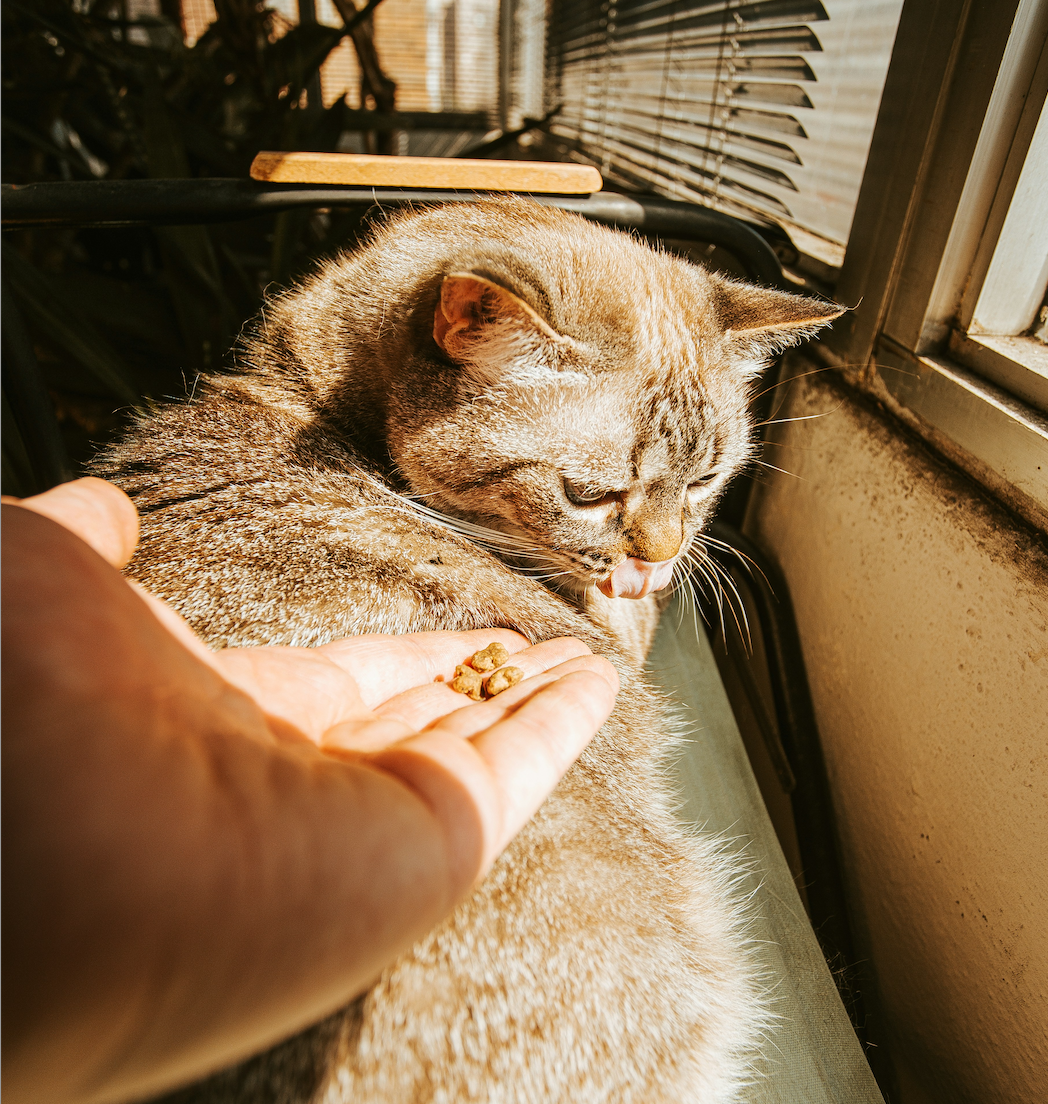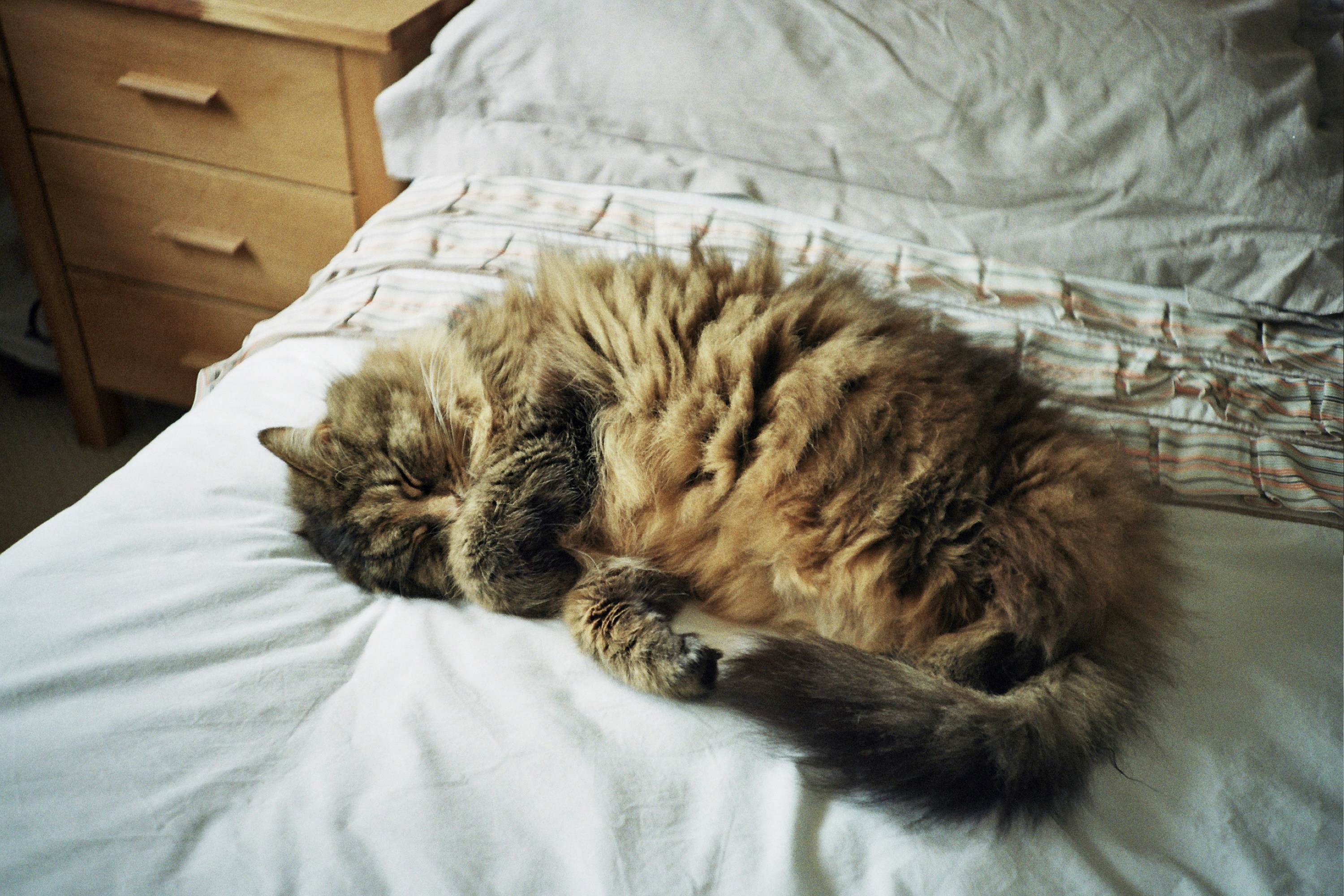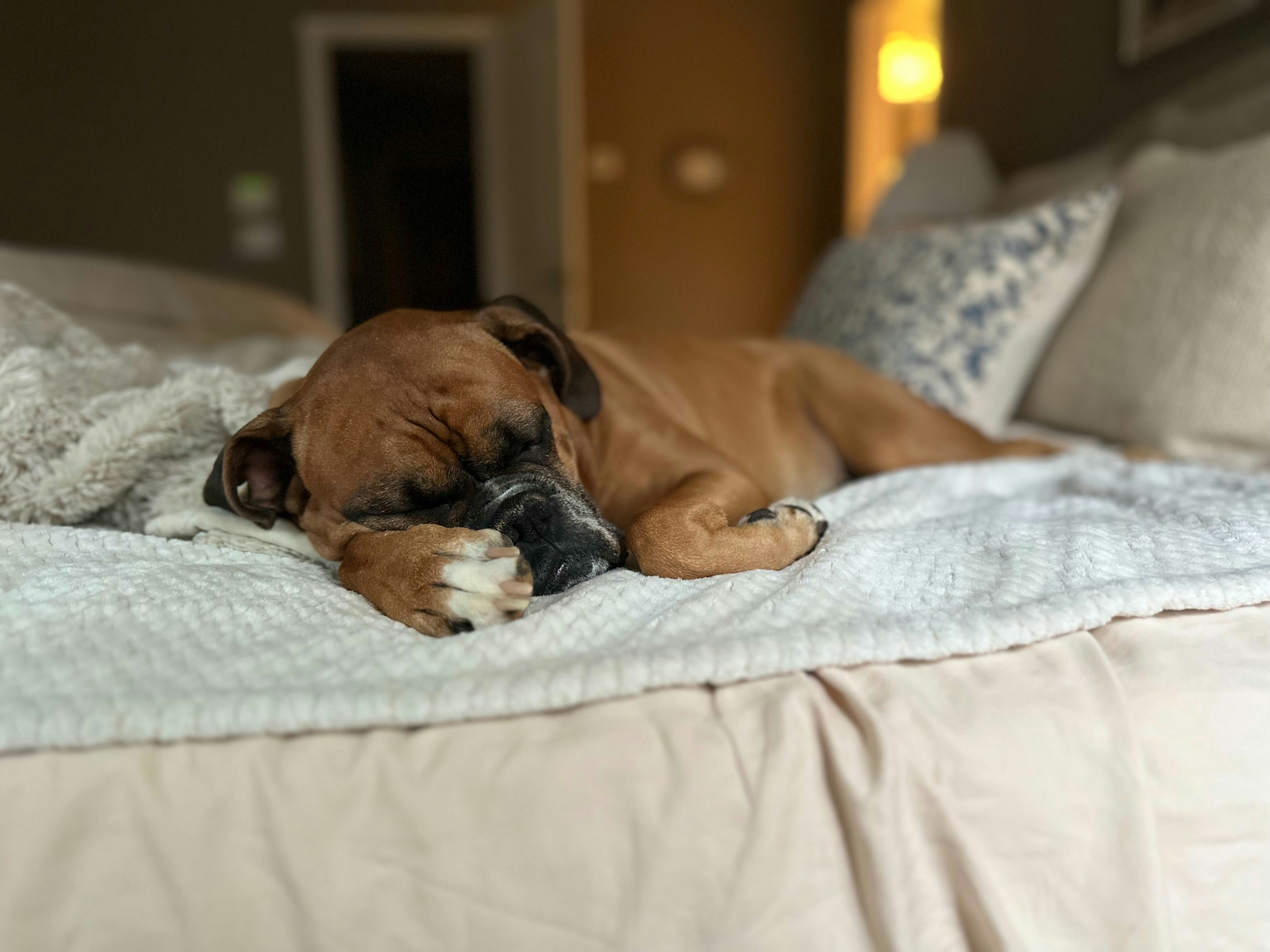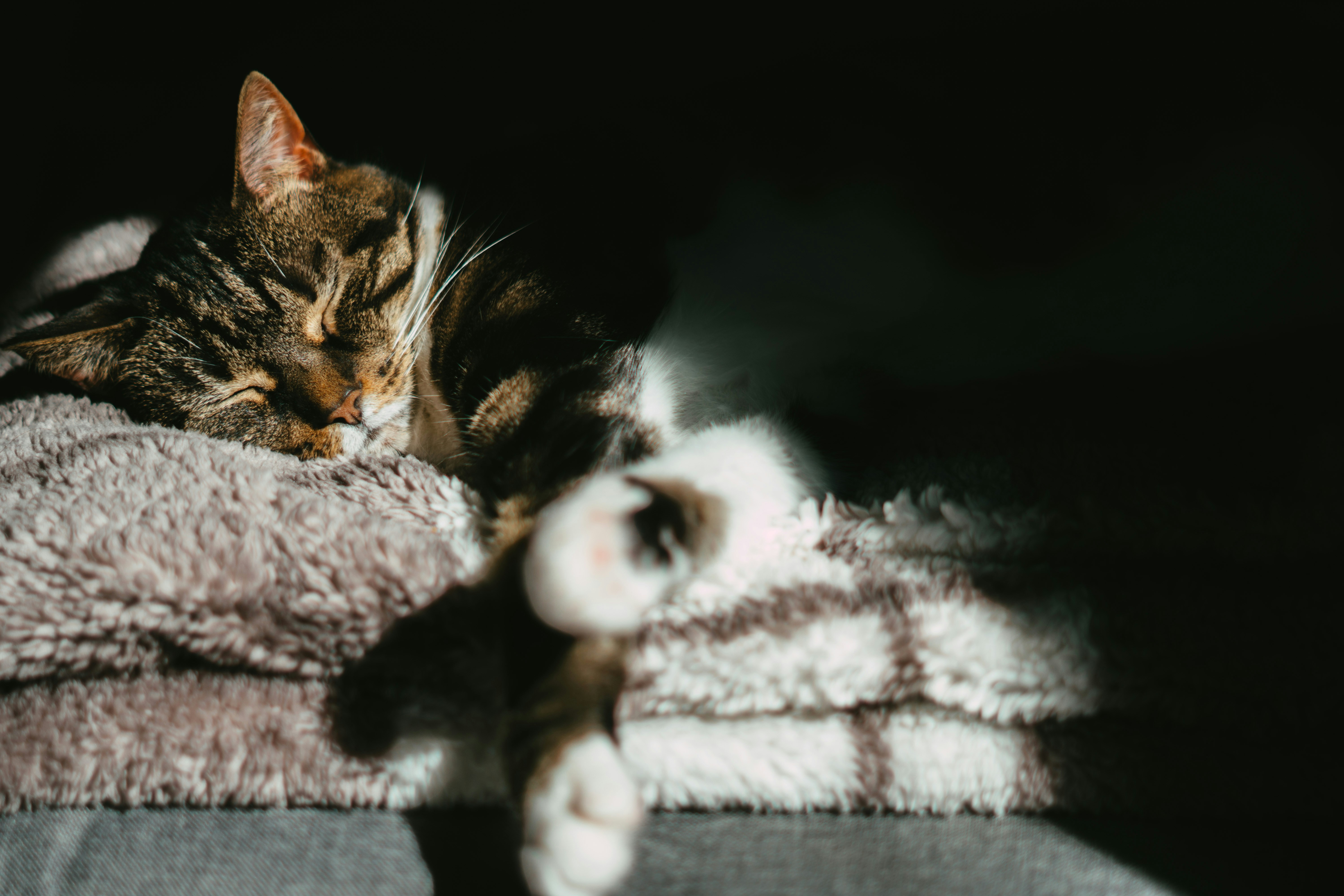When a beloved pet eats or drinks less, it’s natural to feel worried. Appetite loss often means they need comfort, care, and support. Whether your pet is recovering from illness, living with a chronic condition, or nearing the end of life, small steps can make them more comfortable. Helping your pet stay nourished and hydrated shows love and can ease their recovery or decline. This guide explains why pets lose their appetite, how to gently encourage them to eat or drink, and when to ask your vet for help. Every pet’s needs are different, and the most important thing is your presence and care.
Why pets lose their appetite
Loss of appetite can have many causes, including pain, nausea, medication side effects, or dental issues. Fatigue and stress also play a part. For senior pets or those with chronic illness, the reduced appetite may be a natural sign of the body slowing down.
If your pet refuses food for more than a day or stops drinking suddenly, contact your vet. They can check for underlying illness and may be able too offer treatments/supportive care.
How to encourage your pet to eat again
Offer small, frequent meals
Small portions several times a day can feel easier for tired pets to manage. This also helps reduce nausea and avoids overwhelming them with large meals.
Warm up their food
Warm food releases more scent and may tempt a reluctant eater. Heat wet food gently until it’s lukewarm, not hot. You can add warm water or a little low-sodium broth to soften dry food.
Try different textures and flavours
When pets feel unwell, soft and moist foods are often easier to manage. By offering different types of food, you may be able to entice them to eat more. You can try:
Lightly cooked steak, chicken, white fish, or scrambled egg
Wet food instead of dry kibble
Changing to special food formulated for fussy pets
Smooth purées for cats
Mixing wet and dry food
Hand feeding and reassurance
Some pets respond well to gentle hand feeding or sitting close while they eat. Your presence can provide reassurance and encouragement.
Keep mealtimes calm
Feed your pet in a quiet, familiar space free from noise and movement. Soft lighting and familiar scents can help them feel safe enough to eat.
Keeping your pet hydrated
Hydration is as important as food. Refresh water bowls often and keep them near your pet’s resting area to make the access easy.
Ways to improve fluid intake:
Mix water or broth into food
Offer ice cubes made from low-sodium stock
Try crushed ice or ice chips
water fountain or dripping tap (mainly for cats)
Ask your vet about safe rehydration fluids (Subcutaneous saline fluids at the clinic or at home under vet's supervision).
When eating or drinking becomes too hard
If your pet still refuses food or water despite extra efforts, their body may be changing.
For senior or terminally ill pets, this can be a natural part of decline. It can be distressing to watch, but your focus should be on comfort and care.
Speak with your vet or contact us for support when needing to discuss quality of life for your pet and palliative care.
When comfort matters most
Appetite loss is not a reflection of your care. It’s often a sign your pet’s body is healing or slowing down. By offering warmth, quiet, and patience, you’re giving them exactly what they need; love and care. If you’re unsure how to help, we can guide you with gentle in-home support, which may help you understand when appetite loss signals a change in wellbeing.







